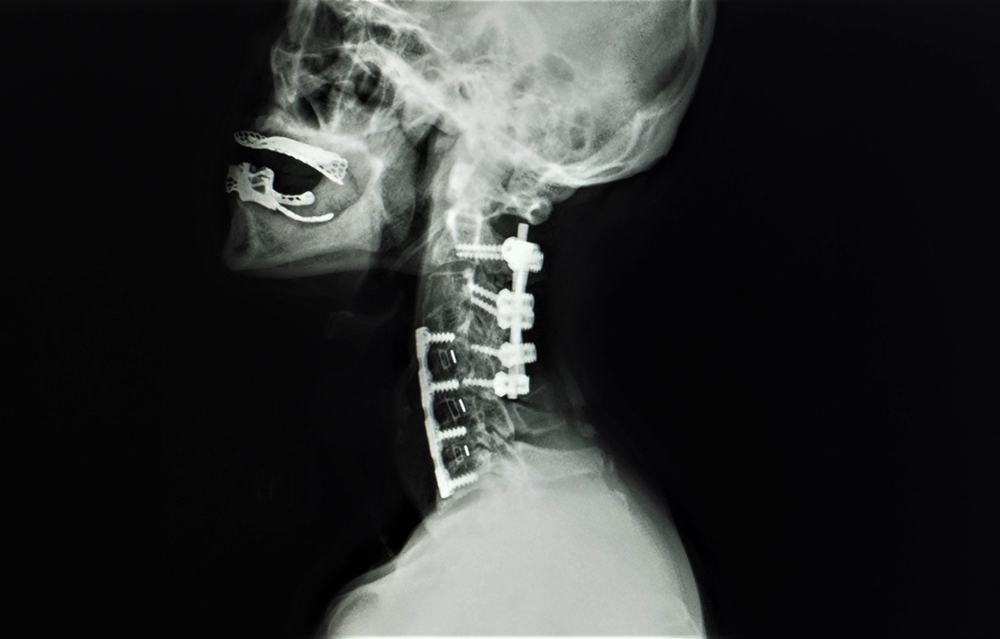Cervical laminectomy is a procedure where bone is removed from the back of the spine to create more space for nerves. The cervical spinal canal is a tunnel through which nerves pass in the neck. The roof, or outer covering of the spinal canal is called the lamina. In a laminectomy, the lamina is completely removed. This procedure is often performed in conjunction with a spinal fusion surgery.

When Is A Cervical Laminectomy Necessary?When the intervertebral discs or facet joints break down or degenerate, they cause the spinal canal to narrow. The facet joints also experience thickening due to their arthritic state, causing the space available for nerve roots to shrink. In some cases, there will be bone osteophytes, also known as bone spurs, that grow and impact the amount of space available in the spinal cord. All of these elements can contribute to the condition known as spinal stenosis, a narrowing of the canal that can result in undue pressure being applied to the nerves. In some cases, spinal stenosis can be congenital – which is where the spinal canal is small from birth.Cervical spinal stenosis symptoms include:
- Weakness in the arms and hands
- Tingling sensations in the neck, shoulder, arms, or hands
- Numbness in the arms
- Pain in the neck, shoulders, arms, hands
- Problems with balance and coordination
- Problems with bladder and bowel function
The end goal of a cervical laminectomy is to reduce the pressure caused by spinal stenosis by creating additional room for the impacted nerves. This is accomplished through the removal of the lamina responsible for that pressure. What Will Recovery From My Cervical Laminectomy Be Like?Cervical laminectomies are typically performed in conjunction with a spinal fusion procedure, therefore the recovery process will be largely dictated by the type of fusion procedure done. Please review the posterior cervical fusion section for a better understanding of the recovery process.



